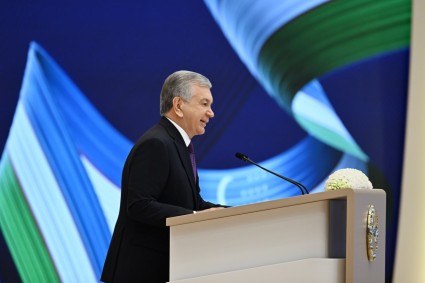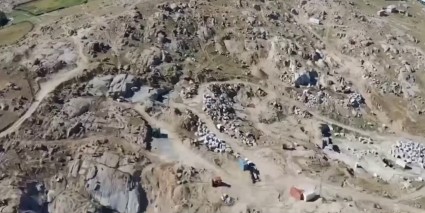According to the latest Regional Economic Prospects (REP) report published by the European Bank for Reconstruction and Development (EBRD), Central Asian economies in 2024 are expected to see growth slowing to 5.4 per cent. However, a rebound to 5.9 per cent is expected in 2025.
The report notes that intermediated trade with Russia, which had been a significant growth contributor for many Central Asian economies in 2023, has now reached a plateau. Severe floods and extremely cold weather that hit Kazakhstan and Mongolia, respectively, will negatively impact their growth in the short term but the region’s outlook for both 2024 and 2025 remains very positive.
Over the last two years, the region has seen a sizeable increase in publicly and privately financed investment in transport, logistics and export-oriented manufacturing capacities. Robust growth in wages and real incomes, coupled with a surge in international arrivals and tourism, fuelled a consumption boom, further supported by technological advances in consumer lending. Intra-regional trade, investment and tourism continued to rise, assisted by much-improved regional cooperation on common challenges ranging from water and energy shortages to transport and border management bottlenecks. Inflation receded to single-digit levels in all countries in line with broader global trends, allowing central banks in most Central Asian states to reprioritise growth and start softening their monetary policy stances.
The EBRD expects that the region’s public policy agendas in 2024-25 will be dominated by the need for urgent improvements in infrastructure and public management practices, implementation of politically sensitive tariff reforms and efforts to reach a broad regional agreement on the use of shared resources, such as transport, water and energy.
In 2023 the region’s largest economy, Kazakhstan, expanded primarily on the strength of consumer demand and public spending (partially financed by elevated transfers from the National Fund). Retail and wholesale trade were the main growth drivers, supported by rising wages and consumer lending. While oil export revenues declined on lower prices, exports to the Eurasian Economic Union countries provided a boost for non-oil activities, leading to increases in output and fixed capital investment. This trend continued in the first quarter of 2024, as GDP growth was supported by an expansion in non-oil sectors, such as construction, communication, transport and warehousing.
According to the REP report, downside risks to the outlook relate to severe floods hitting the country in late-March and April 2024. While elevated government spending is expected to soften their impact on aggregate demand, the floods’ full impact is yet to be assessed. The EBRD forecasts Kazakhstan’s GDP to grow by 4.5 per cent in 2024. In 2025, economic growth will likely accelerate to 5.5 per cent on account of higher oil production, a rebound in agriculture and potential privatisations.
In Uzbekistan, real GDP increased by 6.0 per cent in 2023 driven by rapid credit expansion, rising remittances and international arrivals. The country’s economic growth was balanced, with services, construction and general industries being the main contributors. Export revenues rose significantly thanks to high gold exports, strong tourism revenues and growing shipments of foodstuffs and manufactured products.
The EBRD’s REP is predicting that ongoing tariff reforms will help cut energy subsidies, reducing public expenditures by an estimated 1.5 percentage points of GDP. The economy is forecast to expand by 6.5 per cent in 2024 and 6.0 per cent in 2025, with strong contributions from fixed capital investment and net exports. Privatisation and market-oriented reforms may strengthen the outlook by attracting foreign direct investment. On the downside, growth is likely to be constrained by chronic energy and water deficits.











